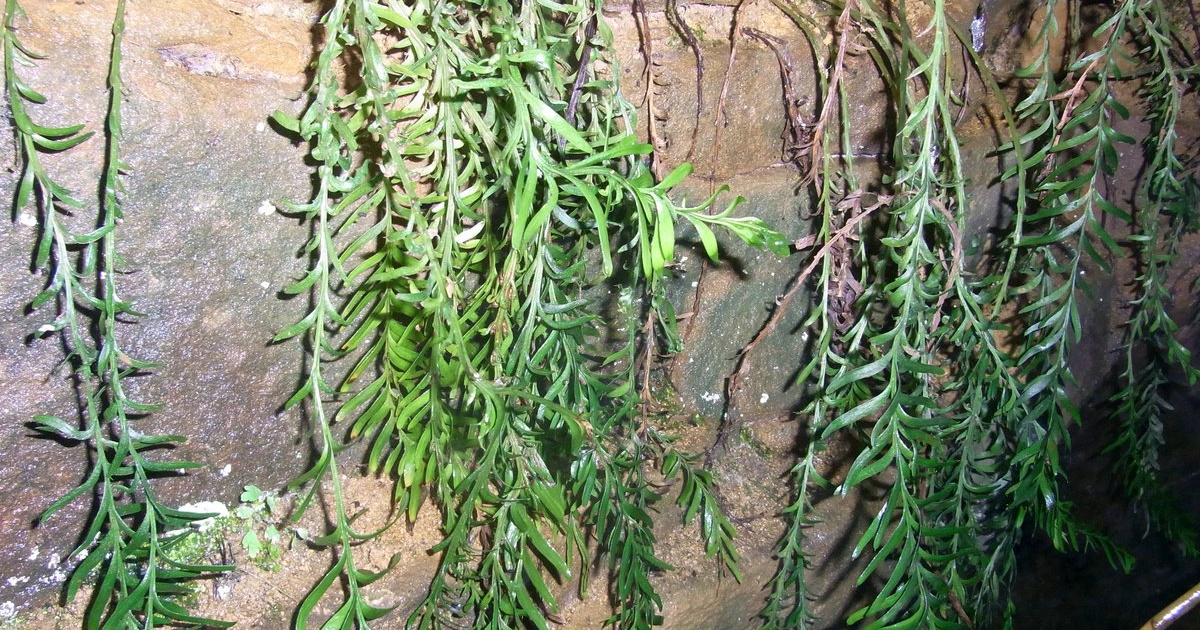The fern that lives on a small island in the Pacific Ocean is an organism with the largest genetic pool on Earth. The new record was reported by staff at the Royal Botanic Garden at Kew in England and the Barcelona Botanical Institute in iScience columns.
Tmesipteris oblanceolata, which grows to 5-10 centimeters long, is native to New Caledonia, which is located 1,500 kilometers east of Australia and is an overseas territory of France. It also occurs in neighboring Vanuatu, but is not common on either island. Tmesipteris is a little-known genus of fern native to Ocania, which includes about 15 species.
The genome is the biological information that governs the life of cells (mostly a set of blueprints for proteins that work for different purposes), which is carried by DNA. DNA is a giant molecule with a double helix structure, in which there are so-called complementary base pairs (adenine and thymine or guanine and cytosine). These base pairs are the letters of the genetic code – the more base pairs a genome has, the longer/larger it is.
Fern who knew too much
The previous record holder, Paris japonica, the Japanese umbrella plant, held the title of largest genome since 2010. Until recently, it was thought to be beyond the limits of biological possibilities and unlikely to be beaten.
With 160.45 billion base pairs, Tmesipteris oblanceolata beat Paris japonica's 148.89 billion genetic letters by 7 percent.
For your information: the recorded fern genome is fifty times larger than the human genome. If the human genetic code of chromosomes were decoded, straightened and measured vertically, it would be 2 meters long. Tmesipteris oblanceolata would be much longer than that, about one hundred and six metres.
Tmesipteris is a unique and very interesting genus of fern whose ancestors evolved 350 million years ago – long before dinosaurs appeared. Its special feature is its epiphytic lifestyle, where it lives on the trunk and branches of other plants.
One of the discoverers of the recorders, Dr. Jaume Pellicer.
The largest genomes among animals are the Ethiopian newt (Ptoropterus aethiopicus) with 129.9 billion base pairs, and the newt (Necturus lewisi) with 117.47 billion base pairs.
Plants not only have very large genomes, but also very small genomes. For example, the carnivorous plant Genlisea aurea that lives in Brazil solves its life with 0.06 billion base pairs.
A large genome has its own consequences: larger cells are needed to accommodate long DNA, it takes a long time to replicate a lot of data, and cell division requires more time and energy. All this essentially determines the lifestyle of the organization in question, slows down its adaptation, which is a clear disadvantage in the long run.
Genetic diversity is associated with genomes of different sizes, but we do not yet know the evolutionary reasons why gene pools grow or shrink.
(CBS News, Interesting geometry, Phys.org)














































